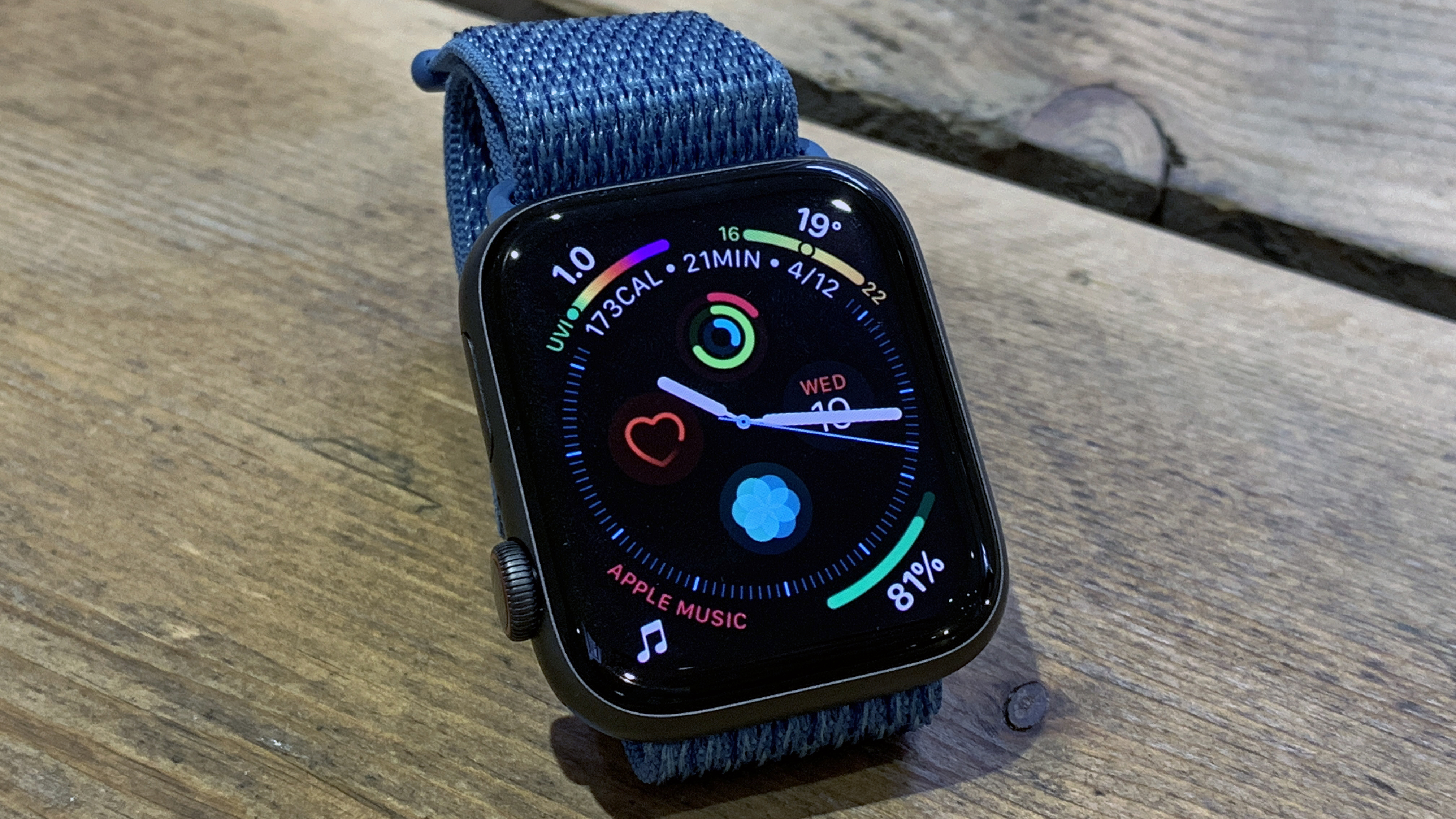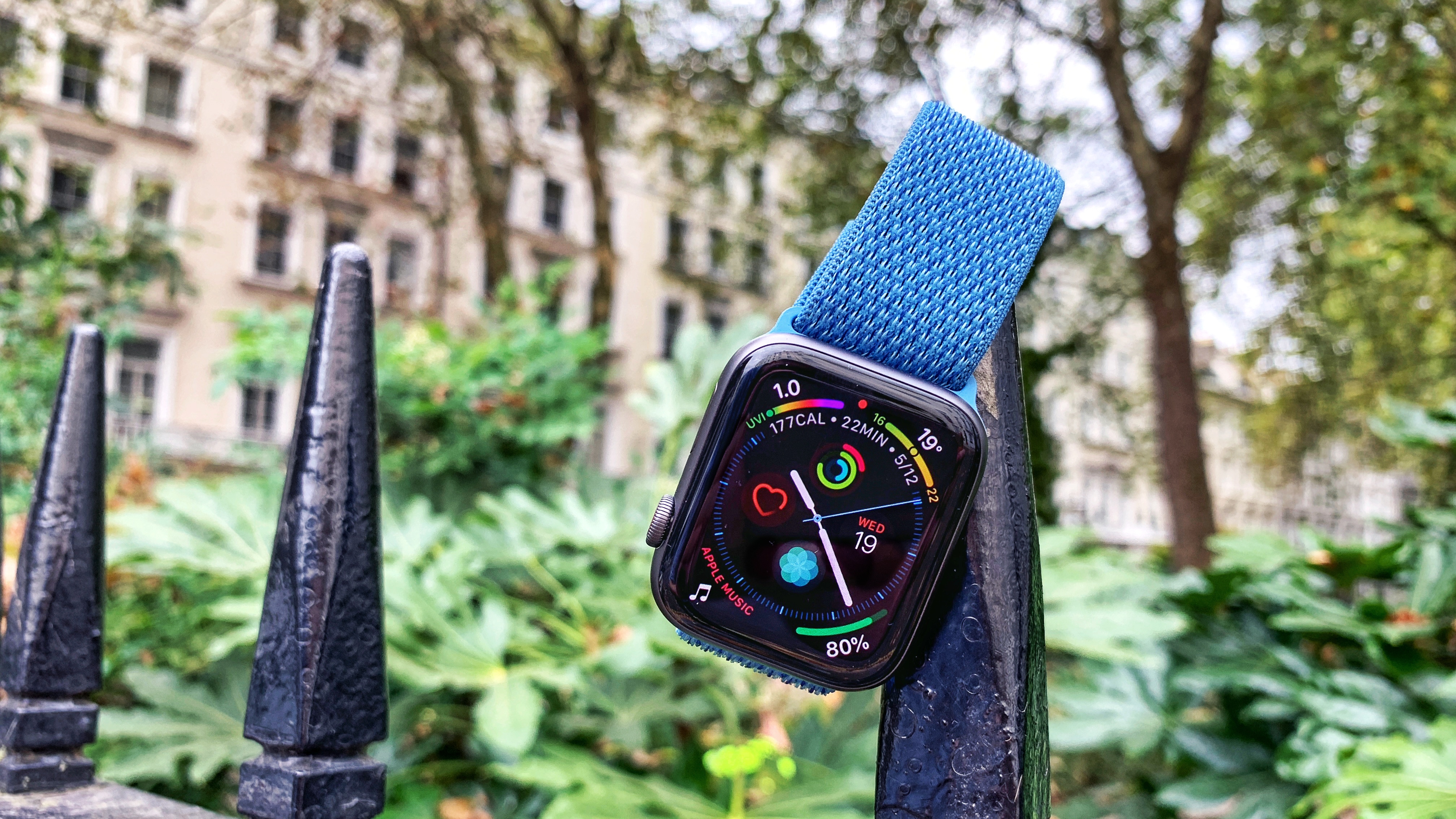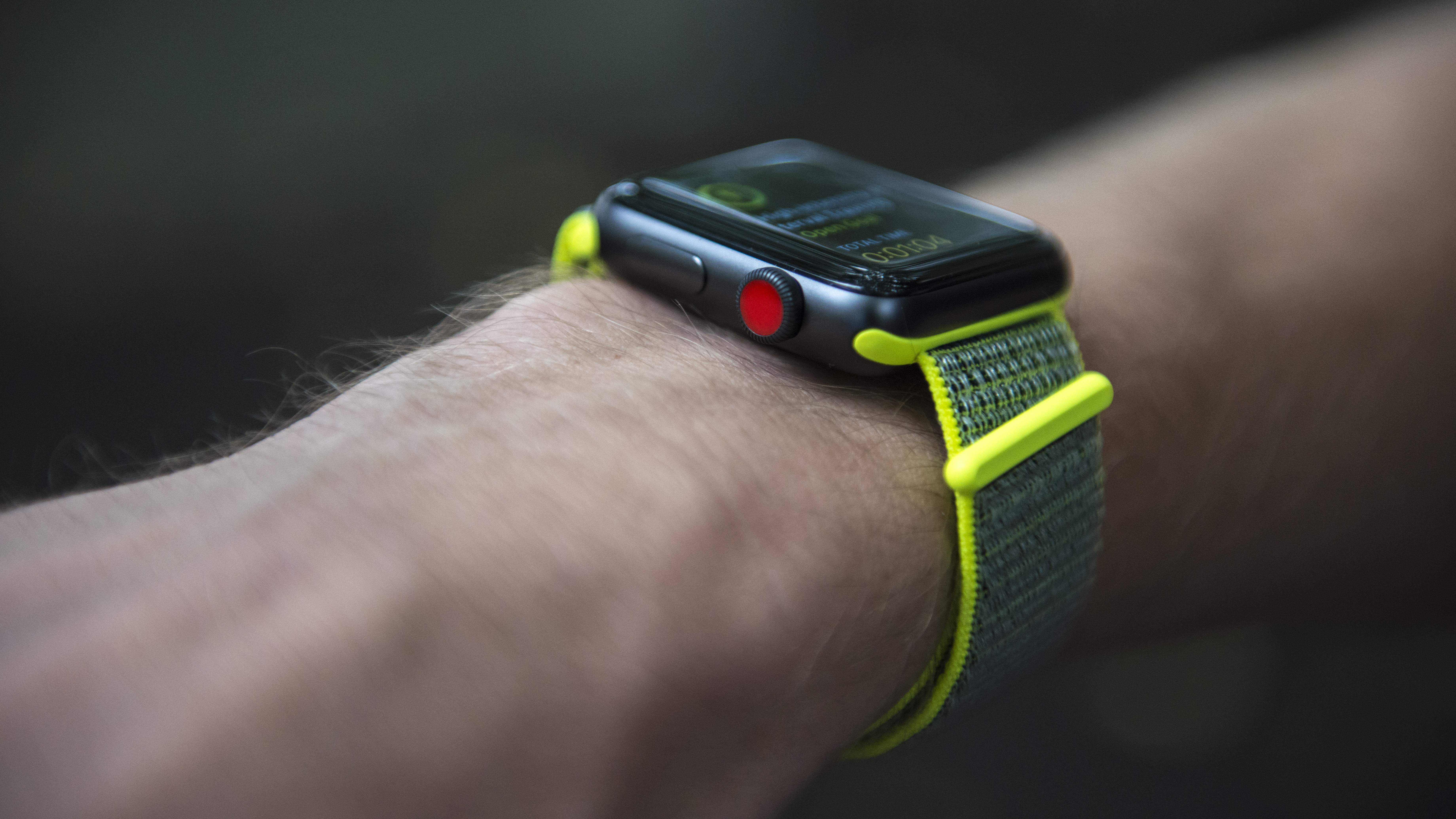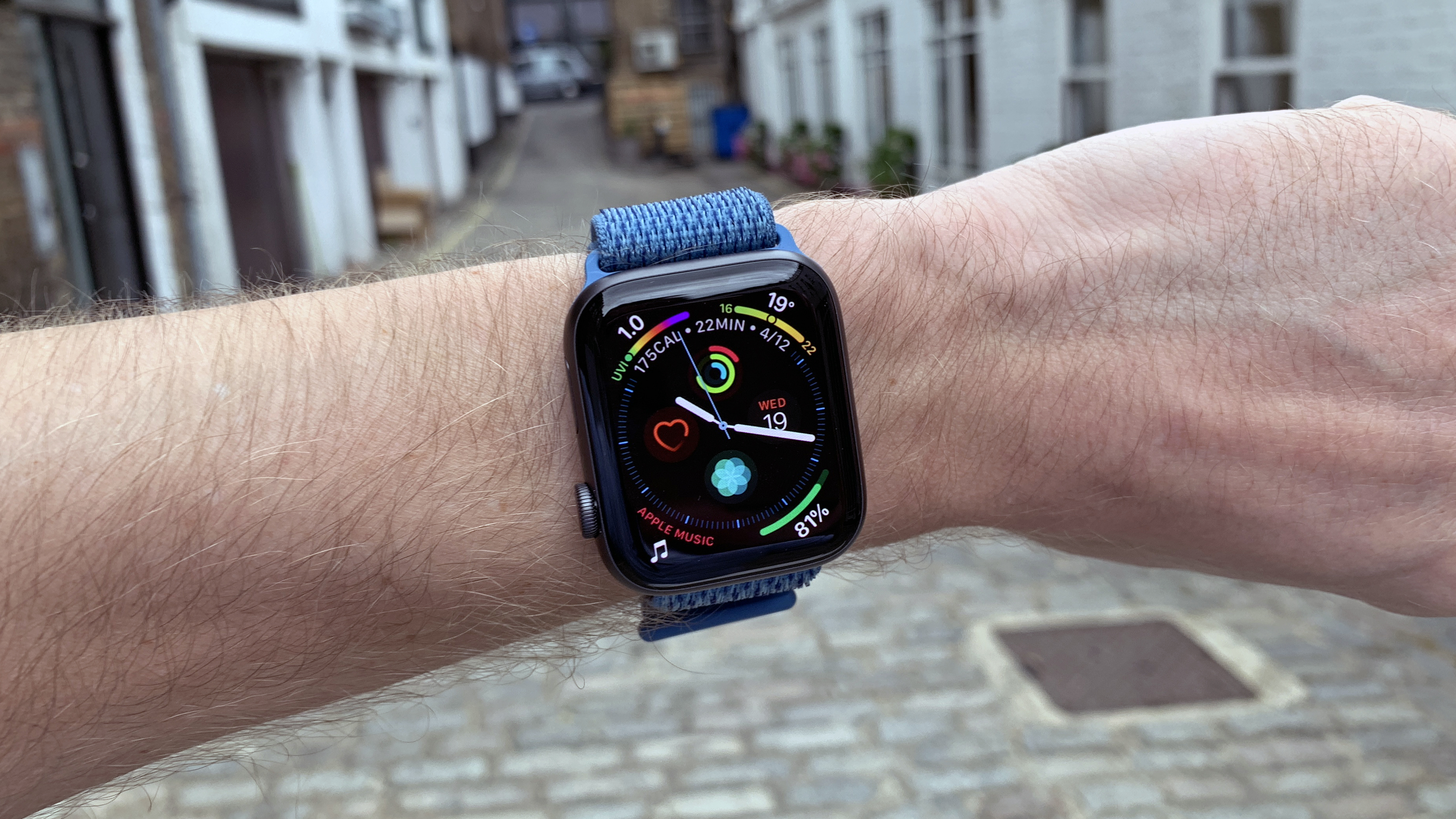Apple Watch 3 vs Apple Watch 4: which wearable is for you?
A wearable war

If you’re after an Apple Watch, then chances are you’re considering the Apple Watch 4 or the Apple Watch 3. Both are still sold by Apple and they look superficially similar.
However, there are a number of differences between them. So to help you make the right choice we’ve compared Apple’s two latest wearables across all the categories that matter, so you can see what’s the same, what’s different, and how much you’re going to have to pay for each.
From design and display to fitness, features, power, battery and beyond, here’s everything you need to know about how the Apple Watch 4 and the Apple Watch 3 compare.
Design and display
The biggest physical difference between the Apple Watch 4 and the Apple Watch 3 is the size of the body, as while the Apple Watch 4 comes in a choice of 40mm or 44mm, the Apple Watch 3 is available in a choice of 38mm or 42mm.
So the Apple Watch 4 is bigger, which – coupled with smaller bezels – allows it to have a larger screen. In fact, even the 40mm Apple Watch 4 has a larger display area than the 42mm Apple Watch 3.

While the Apple Watch 4 is larger though, it’s slightly slimmer, at 10.7mm, compared to 11.4mm for the Apple Watch 3.
Other than that, the colors slightly differ, with the Apple Watch 3 being available in black and silver shades, while the Apple Watch 4 is additionally available in a gold one.
Sign up for breaking news, reviews, opinion, top tech deals, and more.
The Apple Watch 3 also has a red dot on the crown, which the Apple Watch 4 doesn’t, and the Apple Watch 4 is currently available with a wider selection of straps.

As for the screen, as well as being a bit larger on the Apple Watch 4 it’s also a bit sharper, coming in at 324 x 394 if you pick the 40mm option or 368 x 448 if you go for the 44mm one, while the Apple Watch 3 is either 272 x 340 or 312 x 390, depending on whether you go for 38mm or 42mm.
However, they’re both OLED screens and have the same maximum brightness. Both watches are also waterproof to depths of 50 meters.
Fitness and features
The biggest difference in fitness features between these two wearables is that the Apple Watch 4 has an ECG (electrocardiogram). This allows it to monitor for atrial fibrillation. It’s not available everywhere, but you can use it in the US and the UK.

The Apple Watch 4 also comes with fall detection, which the Apple Watch 3 doesn’t, and while both models have a heart rate monitor, an accelerometer and a gyroscope, they’ve all been improved for the Apple Watch 4. You’ll also get haptic feedback from the crown on the Apple Watch 4.
The other features are mostly similar. Both watches have GPS and come in optional LTE varieties. Both also include a full range of exercise tracking skills, including swim tracking. They’re arguably still not quite as good for fitness as a dedicated sports watch, but they come close.
OS, power and battery
Both the Apple Watch 4 and Apple Watch 3 run watchOS 5, so there’s not much difference here, though as it's a newer device, the Apple Watch 4 is likely to get software updates for longer.
You should also get more power from the Apple Watch 4, as it has an Apple S4 chipset, which the company claims is up to twice as fast as the S3 in the Apple Watch 3. Both watches have up to 16GB of storage – though the Wi-Fi model of the Apple Watch 3 has just 8GB.

As for battery, Apple doesn’t reveal the sizes, but has said to expect up to 18 hours of use from each.
In practice we found that this is a conservative estimate for both watches, as they both easily last over a day in general. If you’re not a heavy user you could even get two days out of them, but there’s not much difference in life between the two.
Price
So far, the Apple Watch 4 has come out on top as you’d expect, but it’s the price that might make you look to the older model.
The Apple Watch 4 starts at $399 / £399 / AU$599 for the smaller model without LTE. The larger version without LTE starts at $429 / £429 / AU$649. Adding LTE to the mix brings starting prices to $499 / £499 / AU$749 and $529 / £529 / AU$799 for the 40mm and 44mm models respectively.
The Apple Watch 3 meanwhile starts at $279 / £279 / AU$399 for the 38mm model and $309 / £309 / AU$449 for the 42mm one, rising to $379 / £379 / AU$549 or $409 / £409 / AU$599 respectively if you want it with LTE.

Takeaway
While these are both great smartwatches there are some clear upgrades on the Apple Watch 4. Mostly notably the ECG feature, the newer chipset and the bigger screen.
But it’s also a substantially more expensive device, so if those things – and the numerous smaller upgrades – don’t matter to you, then the Apple Watch 3 is a great cheaper option.
But if you do care about those upgrades or simply want the best Apple Watch available, then the Apple Watch 4 is the clear choice.
- Check out the best Apple Watch apps
James is a freelance phones, tablets and wearables writer and sub-editor at TechRadar. He has a love for everything ‘smart’, from watches to lights, and can often be found arguing with AI assistants or drowning in the latest apps. James also contributes to 3G.co.uk, 4G.co.uk and 5G.co.uk and has written for T3, Digital Camera World, Clarity Media and others, with work on the web, in print and on TV.